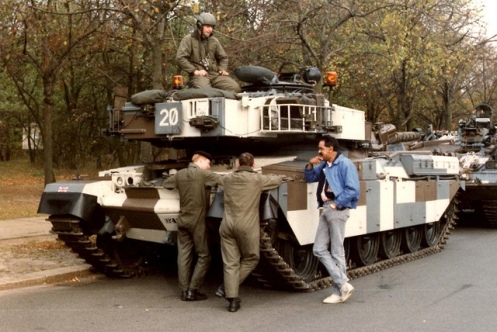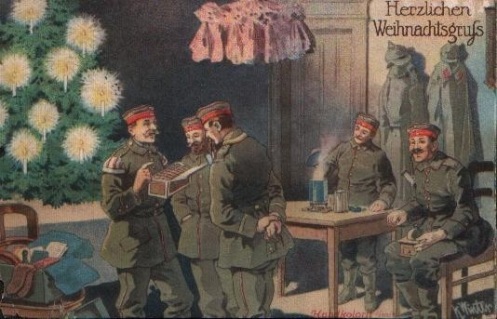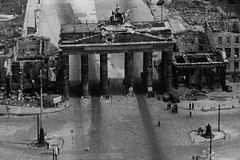
When Europe went to war in 1914 the streets of every Capitol city were alive with patriotic crowds and smartly dressed soldiers marching to the front. Indeed one British journalist in Berlin in 1914 noted,
“For two days I waited and watched. Up and down the wide road of Unter den Linden crowds paced incessantly by day and night, singing the German war songs : “Was blasen die Trompeten?” which is the finest; “Deutschland, Deutschland ueber Alles,” which comes next, and “Die Wacht am Rhein,” which was the most popular. As I walked to and fro among the patriot crowd, I came to know many of the circling and returning faces by sight, and I still have clearly in mind the face of one young working woman who, with mouth that opened like a cavern, and with the rapt devotion of an ecstatic saint, was continuously chanting:
“Lieb Vaterland kann ruhig sein! (bis)
Fest steht und treu die Wacht,
Die Wacht am Rhein!”
So the interminable crowds went past, a-tiptoe for war, because they had never known it. Sometimes a company of infantry, sometimes a squadron of horse went down the road westward, wearing the new grey uniforms in place of the familiar “Prussian blue” They passed to probable death amid cheering, handshaking, gifts of flowers and of food.”
This image was taken a couple of months into the war and shows a Prussian artillery unit passing in front of the Schloss, with the Berlin Cathedral in the background. A wounded German officer saluted the men. Traditional uniforms are seen here; Prussian blue and Picklehaube. As yet no feldgrau and Stahlhelms. One wonders how many faces in this image survived to the end of the war?
Posted in 1914, Berlin, Images, Unter Den Linden, WW1




















